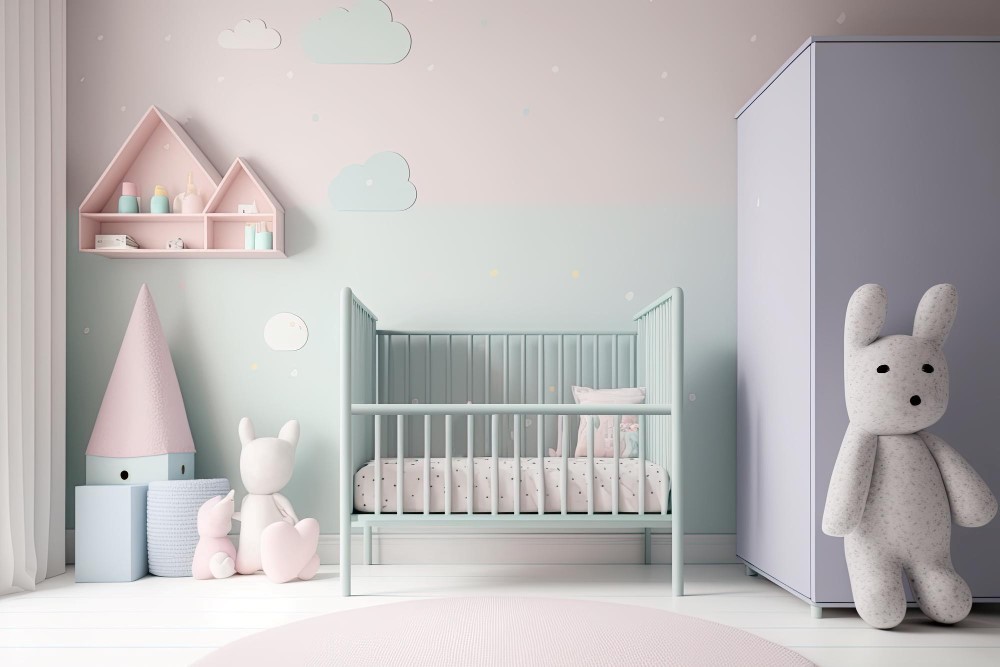Crafting the Perfect Kid’s Room
Maria Montessori, an Italian physician and educator, emphasised the significance of the environment in a child’s development already over a hundred years ago. She believed that the room itself could serve as the “third teacher”, alongside adults and peers, providing excellent opportunities for self-directed learning and personal growth.

And this concept still holds strong even now, as one of the key principles of the Montessori design. The space a child inhabits holds immense potential for creativity and learning – which means, designing a kid’s room should go beyond mere aesthetics; it’s about creating an environment that forests independence, curiosity, and imagination. And here’s how.
Promote Independence through Accessibility
One of the fundamental tenets of Montessori philosophy is allowing our children to engage with their environment completely independently. This starts with designing a room where everything is within reach. Low shelves and open storage solutions enable children to access toys, books, and materials without assistance. Consider installing wall-mounted shelves or cubbies at child-friendly heights, encouraging them to take charge of their space and belongings.
Be mindful of space, too, though – especially in smaller rooms. Over-bed storage solutions offer a clever way to utilise vertical space while keeping the room organised; ample storage for the things that shouldn’t be in the reach of your child, but still have their place in their room – such as sheets, seasonal clothing, or situational material and equipment.
Create a Calm and Inviting Atmosphere
A clutter-free environment is essential for promoting focus and concentration. You can help reach this by embracing simplicity in the room’s design, opting for neutral colours and natural materials that evoke a sense of tranquillity. Soft lighting, cosy rugs, and comfortable seating areas can further enhance the room’s ambience, inviting children to relax and engage in quiet activities like enjoying books or drawing. Whilst bright colours and patterns might seem fun, studies have shown that they can be too busy for toddlers and younger kids and may lead to overestimation.
Encourage Exploration and Creativity
A well-designed kid’s room should inspire curiosity and spark imagination – it should be a place where they long and enjoy being. Don’t shy away from incorporating elements that encourage exploration and creative expression, such as a designated reading nook, art supplies openly organised in easily accessible bins, and a designated area for hands-on activities like puzzles or building blocks. Rotate toys and materials regularly to keep the input fresh and stimulating – it’ll encourage your toddler to discover new interests and pursue their passion. And don’t worry, that doesn’t mean throwing away toys and buying new ones. Instead, you should go out on a foraging trip!
Foster a Sense of Ownership and Responsibility
And lastly, Montessori education also emphasises on the importance of teaching children from a young age to care for their environment and belongings. So be proactive and involve them in the design process, allowing them to have a say in how their room is organised and decorated. Encourage them to take pride in keeping their space tidy and organised – it’ll be a brilliant and valuable lesson in responsibility and self-discipline. And yes, even in their toddler-stage.